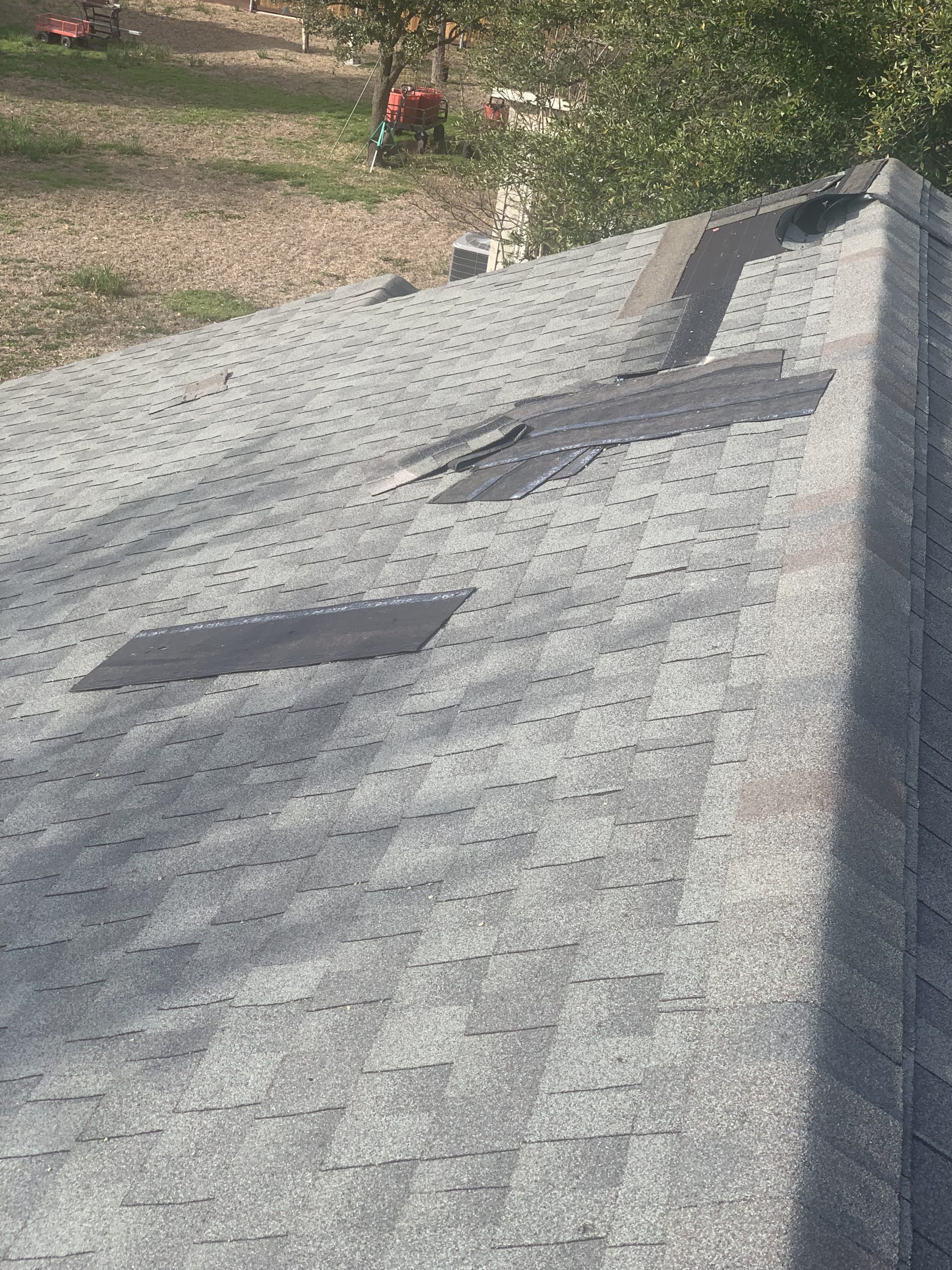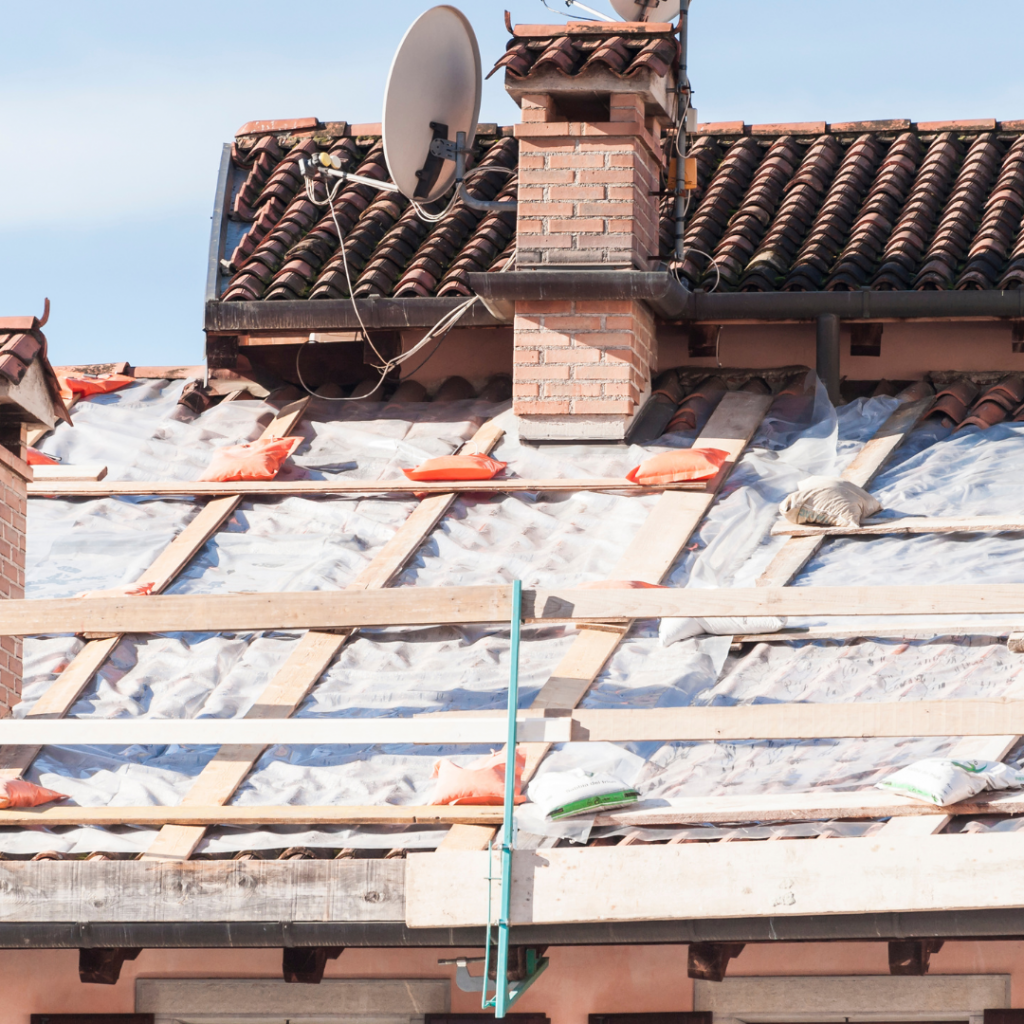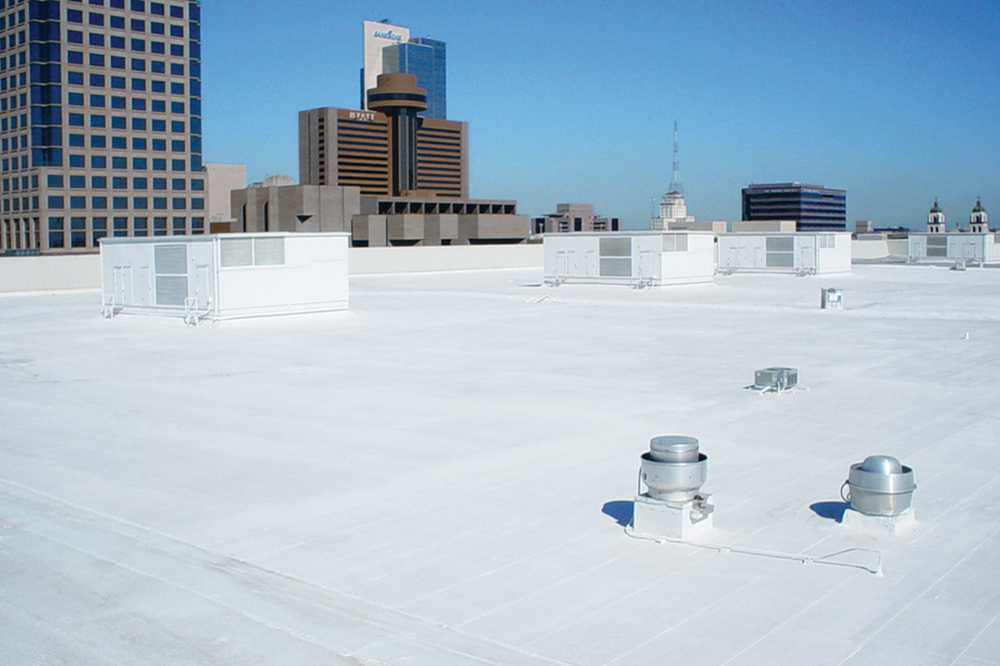
Refelting a Flat Roof: Costs and Considerations
Introduction
Flat roofs are a common feature in many commercial buildings, offering a unique set of advantages and challenges. As with any roofing type, maintenance is crucial to ensure longevity and performance. This article will delve into the intricate details of refelting a flat roof, exploring costs, considerations, and various roofing materials, such as EPDM and TPO roofing. Whether you're dealing with roof leak repair or contemplating commercial roof installation, understanding these factors will arm you with the knowledge necessary to make informed decisions.
Refelting a Flat Roof: Costs and Considerations
When it comes to flat roofs, one of the critical aspects is the process of refelting. Over time, the protective layers can wear down due to exposure to elements like UV rays, heavy rains, or even snow loads. Refelting involves replacing or repairing these layers to maintain the structural integrity of your building.
What is Refelting?
Refelting generally refers to the application of new felt material over existing roofing layers. This process can restore functionality while offering an additional layer of protection against leaks and other damage.
Why Choose Refelting?
Several reasons exist for opting for refelting:

- Cost-Effectiveness: Compared to complete roof replacement, refelting can be much more affordable.
- Less Disruption: The process typically requires less time than installing a new roof.
- Sustainability: Refelting can extend the life of your existing roof system.
Understanding Flat Roofing Systems
Types of Flat Roofing Materials
Flat roofing systems come in several varieties, each with its unique pros and cons.
EPDM Roofing
Ethylene Propylene Diene Monomer (EPDM) is a synthetic rubber that’s durable and cost-effective. It's resistant to UV radiation and weathering.
TPO Roofing
Thermoplastic Olefin (TPO) is another popular choice for commercial roofing due to its reflective properties which enhance energy efficiency.
Built-Up Roofing (BUR)
Traditional built-up roofing consists of multiple layers of felt and asphalt. It offers excellent waterproofing but may require more maintenance.
Costs Involved in Refelting a Flat Roof
Average Cost Breakdown
The cost for refelting varies based on various factors:
| Item | Estimated Cost | |----------------------------|----------------------| | Materials | $1 - $3 per sq ft | | Labor | $2 - $5 per sq ft | | Additional Repairs | Varies | | Total | $3 - $8 per sq ft |
Factors Affecting Costs
Choosing the Right Commercial Roofing Contractor
Why Hire Professionals?
While DIY projects can be tempting, hiring experienced commercial roofers near me ensures quality workmanship and compliance with local codes.
Qualities to Look For
When searching for a commercial roofing contractor, consider the following:

- Experience in Flat Roofing: Ensure they have specific expertise in flat roof systems.
- Reputation: Check reviews and ask for references.
- Licensing and Insurance: Protect yourself from liability by ensuring your contractor has all necessary certifications.
Common Issues with Flat Roofs
Roof Leak Repair Necessities
Flat roofs are more susceptible to pooling water than sloped roofs, leading to leaks if not properly maintained. If you notice signs such as water stains on ceilings or mold growth, it's time for immediate roof leak repair.
Maintenance Tips for Longevity
The Importance of Commercial Roof Maintenance
Routine Maintenance Benefits
Regular maintenance ensures that your flat roofing system remains functional:

- Extends lifespan
- Reduces emergency repair costs
- Enhances energy efficiency
Finding "Flat Roofing Repair Near Me"
Searching online for "flat roofing repair near me" can yield local contractors who specialize in routine inspections and repairs.
Comparing Different Roofing Materials: EPDM vs TPO
Advantages of EPDM
Advantages of TPO
Environmental Considerations in Commercial Roofing
Sustainable Practices in Roofing
Choosing materials like TPO can significantly lower environmental impact due to their reflective capabilities which reduce energy consumption.
Recycling Options Available
Many materials used in flat roofing systems are recyclable at the end of their life cycle—consult your contractor about eco-friendly disposal methods.
FAQs on Refelting a Flat Roof: Costs and Considerations
1. How often should I refelt my flat roof?
Generally, every 10-15 years depending on wear and tear.
2. Is refelting better than replacing my flat roof?
If your underlying structure is sound, refelting is usually more cost-effective.
3. What signs indicate I need roof leak repair?
Look out for water stains on walls/ceilings or visible sagging areas on your ceiling.
4. Can I do it myself?
While possible, professional help ensures compliance with safety standards and proper installation roofing contractor Rockwall techniques.
5. What happens if I ignore maintenance?
Neglecting maintenance can lead to costly repairs down the line due to extensive damage from leaks or structural issues.
6. Are there financing options available for commercial roof installations?
Many contractors offer financing plans; check with your preferred contractor directly for options tailored to you.
Conclusion
Refelting a flat roof is an essential aspect of maintaining its integrity while ensuring longevity at an affordable cost compared to full replacement options like EPDM or TPO roofing systems offer different benefits tailored toward various needs—from energy efficiency to durability—making them worthy investments for commercial properties seeking quality solutions without breaking the bank!
In navigating this journey through costs associated with refelting alongside considerations such as selecting qualified contractors or performing regular maintenance checks leads towards safeguarding investments made within commercial real estate while catering toward sustainable practices beneficial both economically & environmentally speaking!